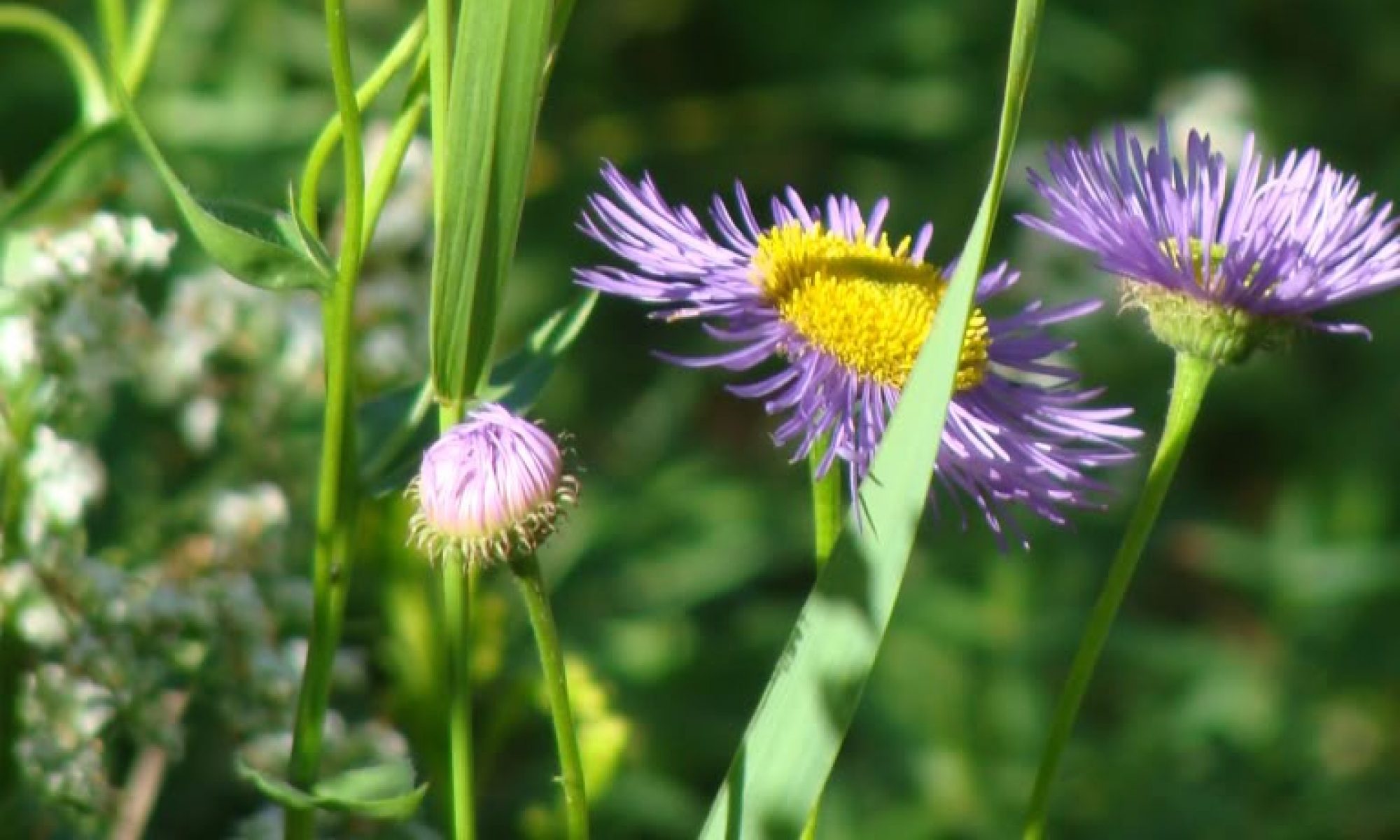As mentioned in previous posts, skipper butterflies are my favorites and in the last few years, I’ve only ever seen one at a time and only for a day or two all year. There were four, and likely five, skippers flitting around the memory garden today, nectaring on catmint and verbena! I am attributing this to my native-forward landscaping and insect-friendly practices. I went crazy with the phone camera and the macro lens and the little beauties were less photo-shy today.















I hope that these skippers will mate and lay eggs in my garden on the native grasses and next year there will be even more of these bronze beauties.
There were a few other pollinators out today, too.



Of the eight Douglas aster cuttings that I took, seven of them were successful. I potted them into 4″ pots today and moved them outside the greenhouse so they can get used to the weather. These will go into the garden in late September or early October when the rains have returned, and one is destined for a pot in Dean and Brian’s yard in Happy Valley. The red-flowered currant and ocean spray cuttings seem less far along and likely less successful. I will leave them in their starting pots until spring and then pot them on.
As I worked in the garden and greenhouse today I listened to David Attenborough’s A Life on Our Planet. He has been a favorite of mine for a long time and this audible book is good to hear while working in a native garden–rewilding is one of the calls to action. I highly recommend this book to anyone who has kids or grandkids and cares about the future of humans on this planet or preserving the other life on this planet. It is not joyful or fun to hear about all the missteps humans have made since the dawn of man, but Attenborough provides a map for a better future during this narrow window of time when changes could still make a difference.
